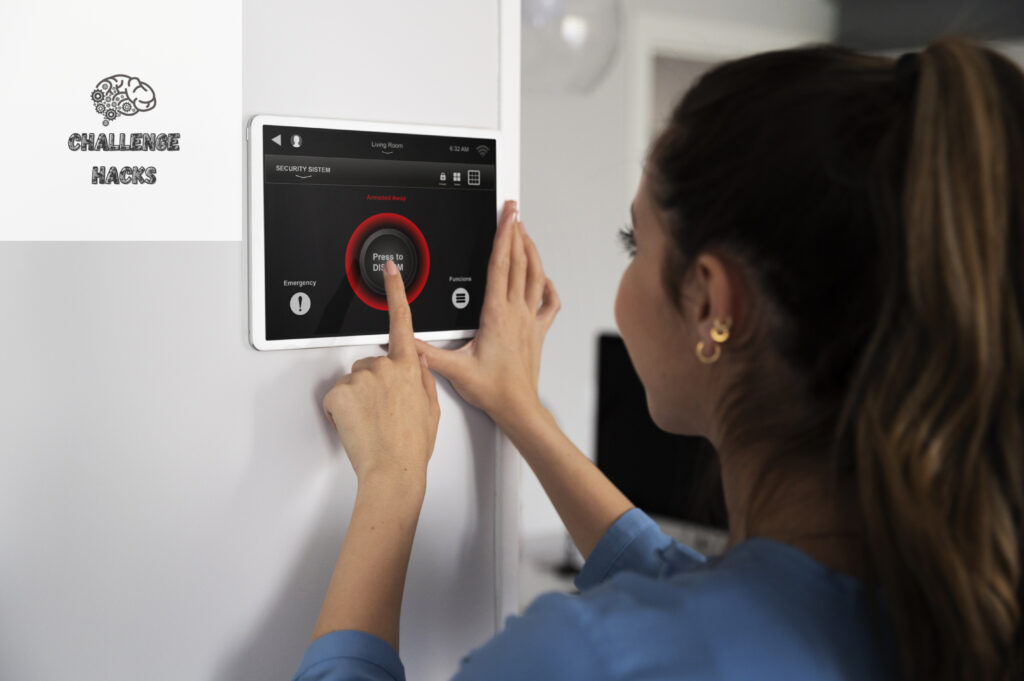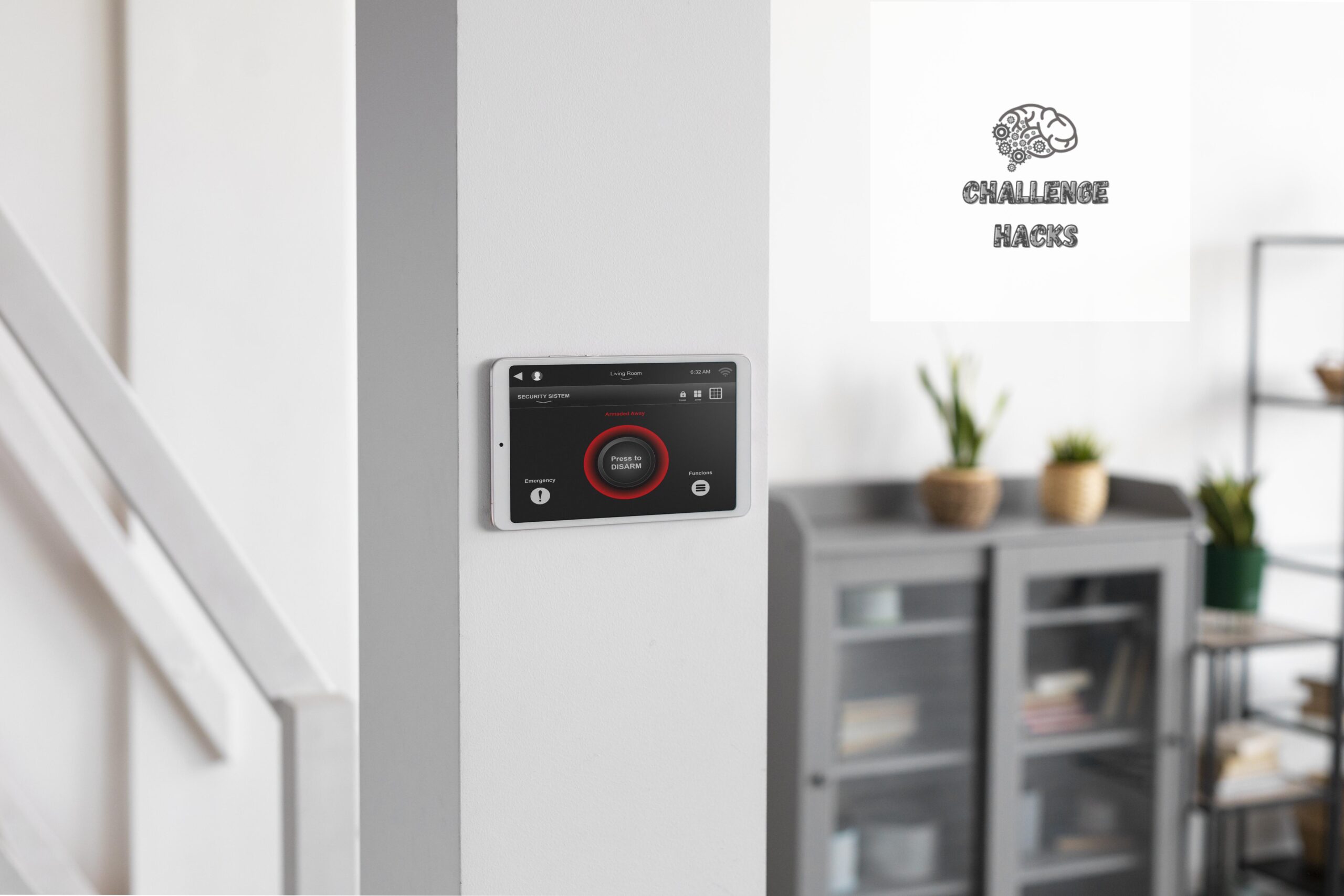
Thermostats made by Nest are renowned for their smart home and energy-saving features. They would occasionally run into problems though, and that would call for Thermostat Troubleshooting and Fixes.
Table of Contents
Here are a few typical Thermostat Troubleshooting and Fixes:
Power loss: If your Nest Thermostat doesn’t respond to your commands, check the status of its power supply. If it’s not receiving power, try checking the wiring, and breakers, or if there is any debris in the base.
Error messages: Many Nest Thermostats display error messages, such as E24, E73, or W1 issues. Check the support resources on the Nest website for the error code and the solution.
Not heating: If your Nest Thermostat is not heating, it may be due to a wiring problem or an issue with the furnace. Check the wiring connections, or consult a professional if necessary.
Not cooling: If your Nest Thermostat is not cooling, it could be due to an issue with the cooling system. Check the wiring connections, or call a professional.
Connection issues: If your Nest Thermostat is disconnected frequently, it may be due to a weak Wi-Fi connection or interference. Try relocating the thermostat, or upgrading your wireless network.
Unresponsive screen: If your Nest Thermostat screen is unresponsive, try resetting it by holding down the screen for 10 seconds until it powers off and back on again.
Poor performance: If your Nest Thermostat is not performing efficiently, check for software updates or consult the Nest support resources for solutions.
These are some common Thermostat Troubleshooting and Fixes. By being aware of these solutions and taking steps to fix potential issues, you can ensure your Nest Thermostat Troubleshooting and Fixes perform optimally and save you money on your energy bills.
Remember: if you’re unable to solve the issue on your own, don’t hesitate to reach out to Nest’s customer support team. They have knowledgeable experts who can help you troubleshoot your device or schedule a repair technician to visit your home if necessary.

What model of Nest Thermostat do I own?
Finding the appropriate remedies depends on knowing which precise model of Nest Thermostat you own. Here are a few typical problems you might run into and their appropriate Thermostat Troubleshooting and Fixes for various models. (Thermostat Troubleshooting and Fixes)
Power Loss:
A power outage is the most likely reason why your Nest Thermostat stopped working all of a sudden. See if any of your circuit breakers have tripped. If so, turn them off, turn them back on, and then recheck the Thermostat Troubleshooting and Fixes. A concern exists with the Nest Thermostat E in that the batteries may degrade with time and result in a similar power issue. Replace the batteries, and the issue ought to be resolved.
Error Codes:
Many Nest Thermostat models will display error codes that can help you understand what the issue is. Unfortunately, these error codes can vary depending on which model you have, so it’d be best to consult the user manual or the Nest website to find the solution. The most common error codes include E73 (power-related), E24 (wire-related), and W1 issues (heating-related).
Connections Issues:
It’s important that your Nest Thermostat is connected to the Wi-Fi network in order to function properly. If your thermostat is having connection issues, you could try restarting the device, resetting it to factory defaults, or moving its location to see if a better signal helps. (Thermostat Troubleshooting and Fixes)
Incorrect setup:
Sometimes issues can be caused by an incorrect setup. If you suspect this might be the problem, try setting up the thermostat again to see if the problem is fixed.
Just a quick rundown of some of the most typical problems that you might experience with your Nest Thermostat. Finding the precise Thermostat Troubleshooting and Fixes that work for you can be aided by knowing what model you have. Please feel free to ask the experts for assistance, study the user manual, or get in touch with Nest’s customer service. They’ll be glad to quickly restore functionality to your thermostat!
Ecobee Nest Thermostat Troubleshooting and Fixes
The Nest Thermostat E is an affordable, yet efficient, alternative to the expensive, feature-packed Nest Learning Thermostat Troubleshooting and Fixes. Not only does it save energy with its Energy Star certification, but it’s also extremely easy to install, making it the perfect smart home thermostat for non-tech-savvy people. However, like all electronic devices, it may run into issues. Here are some common problems I experienced and how I fixed them, which will hopefully help you out if you own a Nest Thermostat E. (Thermostat Troubleshooting and Fixes)
Weak Wi-Fi Connection:
While Wi-Fi technology has advanced greatly over the years, there can still be instances where our Nest Thermostat E loses connection to the internet. This issue can be caused by a weak Wi-Fi signal or interference from other nearby devices.
When this occurs, the first step is to determine the cause of the weak Wi-Fi signal. This can be done by moving the thermostat closer to the router, adjusting the router’s height or position, or checking for any obstructions that may be blocking the signal. (Thermostat Troubleshooting and Fixes)
Additionally, it’s important to check the software version of your Nest Thermostat E. A software update or patch can sometimes fix the issue and restore the connection. To perform a manual update, follow these steps:
- Open the Nest app on your mobile device
- Tap the Menu icon in the top left corner
- Tap on Devices
- Select your Nest Thermostat E
- Tap on the gear icon in the top right corner
- Tap Software updates
- Scroll down and select Check for updates
- Follow the prompts to complete the update
Once you’ve identified and resolved the cause of the weak Wi-Fi signal, you can try reconnecting your Nest Thermostat E. If the issue persists, contact Nest’s support team for further assistance and Thermostat Troubleshooting and Fixes steps.
Battery Failure:
Battery failure is one of the most common issues that can affect the Nest Thermostat E. Due to its rechargeable nature, it may eventually fail to hold a charge, causing it to randomly shutdown. Luckily, there are a few steps you can take to troubleshoot this issue.

First, make sure your thermostat is charged and connected to your WiFi network. If the thermostat isn’t able to maintain a connection with your WiFi or needs to be charged, it may fail to function properly.
Next, try restarting the thermostat. Hold down the thermostat screen until the lights on the front go out and then turn it back on. This will allow the system to reboot and can sometimes resolve the issue.
If restarting doesn’t work, try performing a factory reset on the thermostat. This will cause you to lose your settings and preferences, but it can also help resolve software issues. To perform a factory reset, press and hold the screen for 10 seconds until the screen goes dark.
If the issue persists, you may need to contact Nest’s customer support team for further assistance. Depending on when you purchased the thermostat, it may be covered under warranty and eligible for a free replacement.
However, it’s important to note that the Nest Thermostat Is not a device that is designed to be user-serviceable. If you’re having issues with the battery, it’s best to reach out to Nest support, and they’ll be able to help you resolve the issue, or provide you with the next steps.
Software Issues:
Even though the Nest Thermostat E is a cutting-edge smart home gadget, it occasionally has technical problems. Actually, it might occasionally have software problems, poor Wi-Fi connectivity, or battery problems.
We can use a step-by-step procedure to identify and resolve the issue. Let’s restart the Thermostat Troubleshooting and Fixes to re-energize its system first. We can do a factory reset, which essentially returns the device to its initial state if this doesn’t resolve the problem.
But if the issue still exists, we might need to get in touch with the tech support staff or ask for a replacement. They’ll be in a position to offer more help or advise us on the best course of action. It’s important to keep in mind that the Nest Thermostat E’s software is a critical component, if there are any problems, they can be fixed with a brief phone call to the professionals. The household Indoor Regulator E is a sophisticated household appliance, but it is not immune to particular problems. Actually, it could occasionally experience programming problems, a weak Wi-Fi signal, or battery failures.
We can use a step-by-step procedure to examine and resolve the problem. To revive its framework, we should first restart the indoor regulator. If this doesn’t solve the problem, we can do a factory reset, which essentially returns the device to its initial state.
However, if the problem really does persist, we might need to get in touch with technical support or look for a replacement.
LED Flashing Red Light:
While the Home Indoor regulator has turned into a typical gadget utilized in shrewd homes, it isn’t completely resistant to specialized issues. One normal issue that clients face is the presence of a squinting red light, which shows that the inward battery is low.
To analyze and determine this issue, clients can follow a straightforward cycle. In the first place, check in the event that the indoor regulator is accurately associated with the Wi-Fi organization, and guarantee that the indoor regulator is appropriately introduced. These means can be kept an eye on the authority site of the organization that gives the indoor regulator.
Assuming that the issue continues to happen, have a go at resetting the gadget by adhering to the guidelines given on the organization’s site. On the off chance that this doesn’t work, consider reaching the client care group for additional help or the choice to demand a substitution.
As innovation keeps on advancing, it is fundamental to recall that there will continuously be an issue that should be tended to, however with straightforward advances and arrangements, we can partake in the comfort that shrewd gadgets give and guarantee that our homes are energy-productive.
LED Flashing Green Light:
Although the Nest Thermostat is made to be simple to operate, technological problems can still arise. A blinking green light, which denotes that the gadget is upgrading its firmware, is one common problem. It shouldn’t normally take more than 15 minutes to complete this operation, but if it does, your thermostat may be stuck. This problem can be fixed with a simple reset, which should remedy the issue. For detailed steps and a speedy solution to your blinking green light, refer to this Thermostat Troubleshooting and Fixes page.
No Flashing Light:
While the Nest Thermostat has captured the hearts of many smart home enthusiasts, it’s not a perfect device. There are a variety of issues that users have encountered over the years, one common issue being a complete lack of any blinking lights on the device, indicating a lack of power.
This could be due to a faulty battery or a loose wire, leading to an inability to turn on the thermostat. However, it’s easy to solve! By following some straightforward Thermostat Troubleshooting and Fixes steps, you can pinpoint the problem and get your Nest Thermostat back up and running in no time.
So, don’t be scared of technical issues! With the right knowledge and a little bit of effort, you can troubleshoot common problems like this with ease. And, remember, if you’re feeling stuck, there’s always the option to reach out to Nest’s customer support or consult with an appliance repair professional for more help. Trust us, they’ve seen it all.
Just because something is high-tech doesn’t mean there won’t be issues from time to time. But, don’t fear, with the right troubleshooting steps, your Nest Thermostat will be up and running smoothly in no time. And, the great thing? These same Thermostat Troubleshooting and Fixes steps work for a wide range of devices, so you’ll have a new skill under your belt for future technical issues too!
It Is Not Cool:
The Nest Thermostat still has its own set of Thermostat Troubleshooting and Fixes challenges, including some that have to do with the cooling system, despite being a very popular gadget. When your Nest Thermostat indicates that the cooling system is on but is actually pumping hot air rather than cold air, this is a regular problem. An inappropriate wiring configuration can be to blame for this. Even though it’s a frequent problem, you can easily fix it by double-checking your wiring. Consult a professional if you’re still having problems, or read my comprehensive guide on fixing this problem.
No power to the RH wire | Error Code E74:
Nest Thermostat issues are a common occurrence for many homeowners. A common challenge users face is the dreaded “E74 Wiring Report” error message appearing on their Nest Thermostat. This means the thermostat is not detecting power from the HVAC system.
The most common cause of this issue is the float switch being triggered, which may indicate that there is an overflow of condensation. This can lead to bigger problems, such as a clogged air conditioning drain pipe. Other potential causes of a no power to RH wire include a tripped circuit breaker, improperly connected wiring, and blown fuses.
While the Nest Thermostat is known for its energy efficiency and convenience, it requires proper maintenance and care to prevent these issues from occurring. My in-depth Thermostat Troubleshooting and Fixes guide provides detailed solutions to addressing and solving the E74 Wiring Report error. Follow my simple steps to fix a no power to RH wire and save yourself from frustration and costly repairs.
Exploring the Best Causes of Nest No Power to RH Wire (E74 Error Message)
CONCLUSION:
Fixing and repairing your thermostat is essential for ensuring that your HVAC system operates at its peak efficiency. Thermostat Troubleshooting and Fixes faults can happen despite their sophistication. Understanding the underlying source of the problem and making quick changes will help you solve it and save money on expensive repairs. You need to understand the system well and be able to recognize the symptoms in order to troubleshoot effectively. Additionally, consulting a professional is important if the problem is complicated. Additionally crucial to avoiding such problems is routine maintenance. You may save time and money while ensuring that your system runs effectively by adhering to the best practices in Thermostat Troubleshooting and Fixes and repairs.

3 thoughts on “Best Practices for Thermostat Troubleshooting and Fixes”